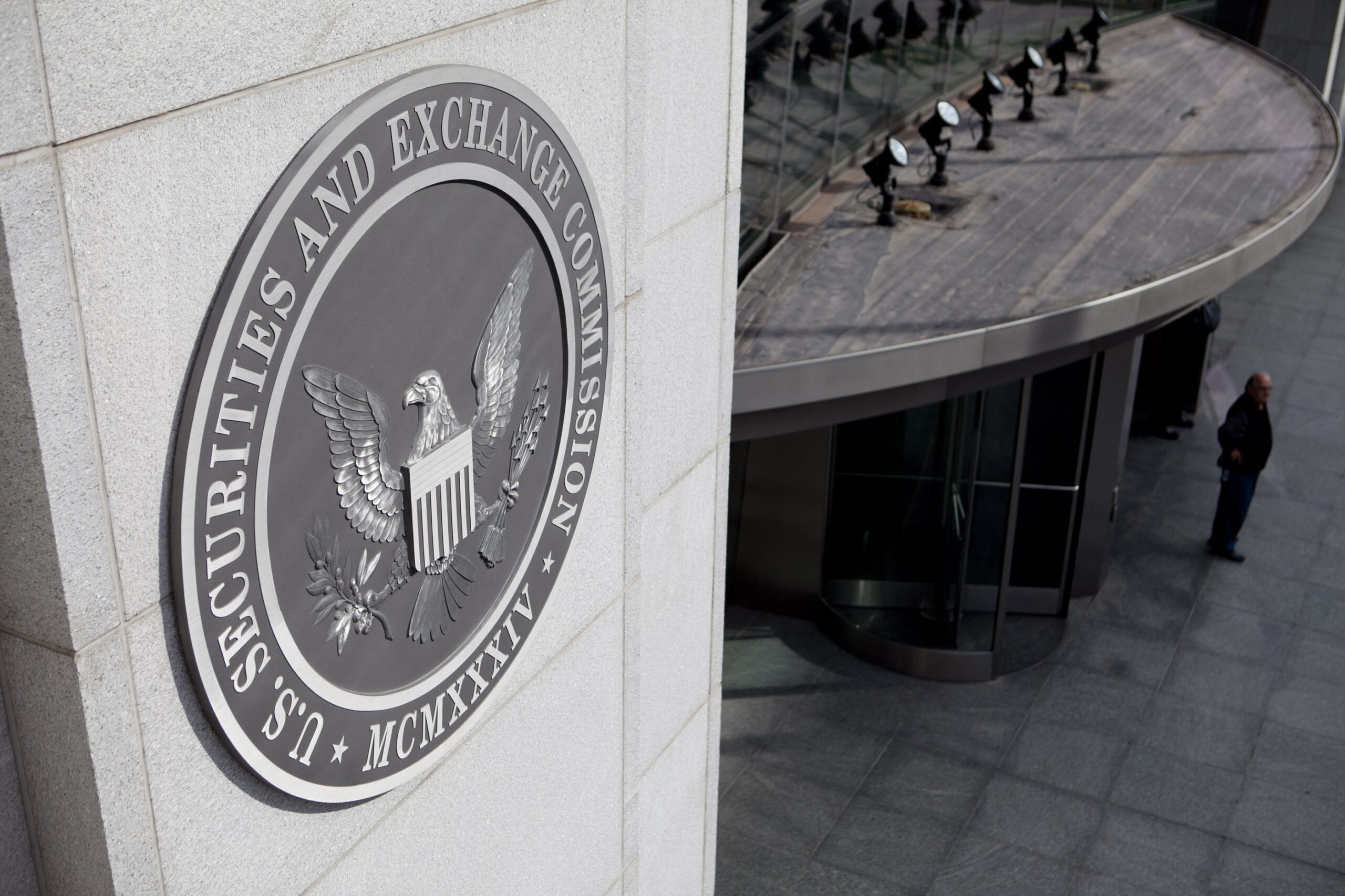The writer is chair and chief executive of Nasdaq
Recent breakthroughs in artificial intelligence are rightly seen as a step-change in our technology economy. For the world of finance, much of the reaction has been focused on the risks from this rapid shift.
Concerns have rightly been raised about the capacity of regulators to oversee AI operations, market concentration risks from the small number of service providers, and digital herding where computers all act alike, reinforcing market swings.
While calls for caution and proactive regulation are appropriate, so are the calls for urgency and optimism as we empower industries to start harnessing the potential of the AI advances.
This starts with recognising that all AI is not created equal. Yes, the power of generative AI, which allows images and text to be created from prompts, has captured the world’s imagination. But AI has been deployed across our markets for many years.
Nasdaq uses AI for predictive market maintenance — preventing disruptions before they occur — and we are embedding AI in different stages across our operations. It is particularly important for our anti-financial crime software division. Within the world of finance, AI’s capacity to help detect, deter and stop financial crime is perhaps the most compelling use case of the technology.
Financial crime is a major — and thriving — global industry. Estimates from LexisNexis show banks spend nearly $275bn on tackling financial crime annually. Yet UN studies suggest less than 1 per cent of the approximately $4tn of illicit funds that are in circulation across the financial system is currently being intercepted by law enforcement.
One contributor to this disconnect is the restrictive impact of regulations that limit the banks’ use of data and advanced technology.
To put it most simply, financial crime is a data problem. Criminals don’t bank with only one bank. They exploit the entire financial ecosystem to avoid detection. The increasing interconnectivity of the financial system and the emergence of new payments systems are all helping criminals become more effective.
Therefore, on the crime-fighting side, the quality and depth of our data sets, combined with the use of the latest analytics technologies, are the most critical determinants of success in stopping crime.
In Nasdaq’s anti-financial crime division, we have built data lakes that bring together normalised and anonymised transaction data from more than 2,400 banks. This consortium data approach, combined with advanced AI algorithms, has boosted our ability to detect suspicious transaction patterns.
Yet, banks are expected to provide end-to-end explainability to any model that they use, including for crime fighting, which greatly inhibits the impact.
After years of fighting market manipulation and financial crime, two truths stand out: criminals don’t follow laws or regulations and they leverage technological innovation at scale and speed to stay multiple steps ahead of detection. It is, therefore, critical that we find common ground with regulators around solutions to tackle this insidious problem.
That starts with responsible data sharing. In the US, banks are allowed to share information for the purpose of fighting crime. Enabling financial institutions in Europe, Canada and other regions to share data both from within and outside their own networks would greatly enhance our ability to identify criminal activity. There are proven models that enable data sharing while protecting individuals’ rights to privacy. These can — and should — be replicated at scale.
The second imperative is for regulators to allow the industry to leverage the latest capabilities in cloud, AI and machine learning so we can better respond to new threats, increase effectiveness and improve efficiency.
And finally, there is an opportunity to increase collaboration. Criminal enterprises are deeply connected and the financial system needs to mirror that by strengthening collaboration between the private sector, government and law enforcement. One critical change would be the deployment of “feedback loops”: communication from law enforcement to banks to confirm whether reported activity was found to be criminal or not. This requires little investment but allows banks to refine their algorithms based on real-world outcomes.
The fight against financial crime is complex enough as it is. I strongly urge regulators to reduce, not add to, the complexity. Let’s leverage the next wave of innovation to strengthen the integrity of the financial system, with technology on our side.
Harness the power of AI to tackle financial crime



